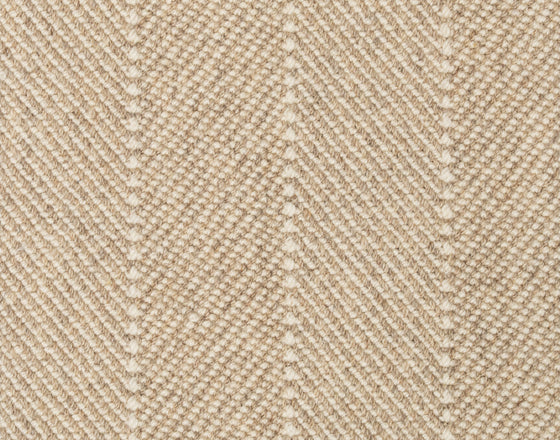There is nothing better than the luxury of having your own personal steam shower. Many newer custom homes are equipped with steam showers. One can enjoy that same luxury in an existing home so long as you adhere to the proper installation guidelines. There are three main steps in building a leak-proof, beautiful steam shower that will last for years to come.
How to install a steam shower at home
Step 1.
The first step is to select a tile that is relatively non-porous. This helps in keeping the moisture produced by the steam from penetrating the tile, thereby preventing moisture damage.
There are thousands of tiles to choose from at Home Carpet One that fall into this category. Porcelain and ceramic tiles are great options, as well as certain natural stone options.
Being that the porosity of stone tiles such as slate or travertine are higher, various coats of stone sealer must be applied to the tile after it is installed.



Step 2.
The second step is to address all preventative measures regarding moisture control. It is imperative to have a vapor barrier on top of your stud network before the appropriate wall board is installed.
Installing durock in shower
This vapor barrier can be as simple as using a 4 mil plastic. Next, the wallboard must be Durock. This is a cement board panel used for tile installations that is an excellent bonding agent.
When attaching this cement board, the correct screws must be used to avoid any potential corrosion. Also, all the joints and inside corners must be covered with an adhesive mesh tape and cement-like thinset.
When attaching the actual tile, do not use tile adhesive; thinset must be the bonding agent. There are various thinsets available; we recommend using the Mapei Ultraflex line.
Step 3
Finally, after all the Durock has been installed, make sure to roll on a water proof membrane that seals the entire closure. This is the final step that prevents any moisture from getting behind the wall board that can wreak havoc on the structure and insulation of your home.
Finally, there are a few other odds and ends to ensure a successful steam shower install. The shower ceiling should be slightly pitched to avoid water condensing and falling onto the user while inside the steam shower. A typical slope would be 1/8 to ¼ per lineal foot and would slope to the back wall of the shower unit.
Also, the glass enclosure around a steam shower must be watertight leaving no gaps anywhere for the steam to escape. These glass enclosures can be slightly more expensive than a typical shower enclosure so make sure to budget accordingly. The steam units themselves come in a variety of sizes, styles, and output and can be purchased at the appropriate dealer.
Steam shower installers
The plumbing and electric obligations associated with steam units should be handled by a licensed tradesman rather than a tile installer.











